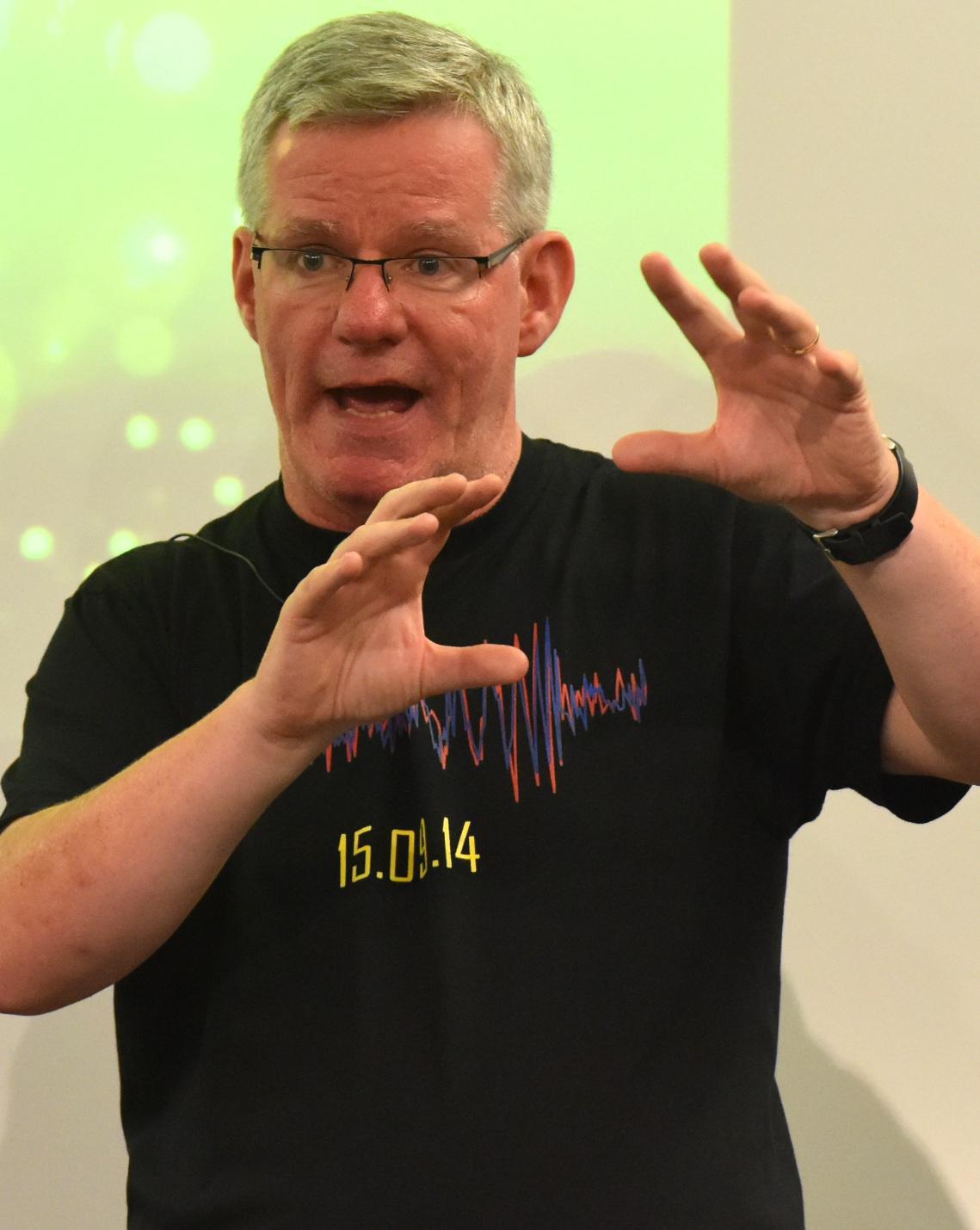Engaging Students And Teachers With The Exciting New Field Of Gravitational-Wave Astronomy
TalkGravitational waves, black hole shadows and exoplanets: Can we make a place for cutting-edge results in schools?
4th Shaw-IAU Workshop
Tuesday Nov. 15, 2022
UTC: 8:45 p.m. - 8:55 p.m. America/New_York: 3:45 p.m.- 3:55 p.m.
Thursday Nov. 17, 2022
UTC: 8:45 a.m. - 8:55 a.m. America/New_York: 3:45 a.m.- 3:55 a.m.
In just a few years the detection of gravitational waves has progressed from global breakthrough to almost routine occurrence. This exciting, young field offers excellent opportunities to engage and inspire STEM students and teachers through its combination of more advanced science topics which enjoy widespread popularity (black holes, general relativity, quantum physics) and more fundamental concepts (in mechanics, gas physics, lasers and materials) at the core of high school, college and university science and engineering courses. Here I will highlight some of the approaches, adopted by the LIGO Virgo KAGRA Collaborations and the LISA Consortium, to convey the exciting science of gravitational-wave astronomy to STEM students and teachers across the globe.
About Martin Hendry
Martin Hendry is Professor of Gravitational Astrophysics and Cosmology at the University of Glasgow, where he is also Clerk of Senate and Vice-Principal of the University. Martin is a senior member of the LISA Consortium and the LIGO Scientific Collaboration, for which he chairs the LSC Communications and Education Division. His principal research interests are in gravitational-wave cosmology and gravitational lensing. He is a Fellow of the Royal Society of Edinburgh and the Institute of Physics, for which he has currently or recently chaired the Learned Societies Group and IOP Scotland Education Committee respectively.
Watch a recording of this talk (external link)





